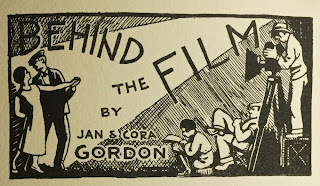Trilobite Limbs, Antennae and Guts: Raymond (1920)

Trilobites are amongst the most popular of all extinct animals. Most commonly found are disarticulated fragments of their calcareous exoskeletons. Occasionally, when the animals were abruptly killed and buried, complete exoskeletons were preserved. Most exceptionally of all, in extremely rare circumstances, early precipitation of minerals around the freshly buried trilobite carcasses preserved a record of the animals' limbs, antennae and even features of the internal anatomy such as the digestive system . Charles Doolittle Walcott made the first discovery of trilobite limbs, announced in 1876 and summarized in Walcott (1881) . His paper compiled seven years of work studying thin sections of enrolled specimens of Calymene (now Flexicalymene ) senaria , Ceraurus pleurexanthemus , Isotelus gigas and Acidaspis sp. The material came from the Ordovician Trenton Limestone of New York State. Photographs of some of these original thin sections are reproduced in Bonino &






